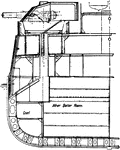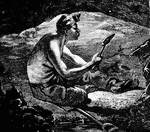Clipart tagged: ‘coal’
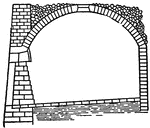
Beehive Oven
A primitive device of fire-brick, shaped like a beehive. It is simply filled with coal, part of which…

Coal Mine
The coal-fields of the United States are the richest in the world. Immense deposits occur in the eastern,…

Explosion in a Coal Mine
Circulation of fresh air was critical in coal mining. In spite of passages created to control this,…
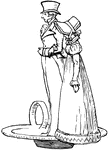
Coal Scuttle
An illustration of a decorative coal scuttle. A coal scuttle, sometimes spelled coalscuttle and also…

Coal-cutting Machine
"This machine consists essentially of a horizontal piston and cylinder engine fixed upon a platform…
Coal-gas
"Coal-gas was first used as a lighthouse illuminant at Salvore, near Trieste, in 1817. For many years…
Coalfish
"A large species, weighing from ten to thirty pounds. It swims rapidly, and at no great depth." —…
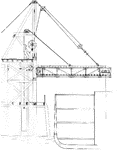
Apron Pan Conveyor
"General arrangement of Apron Conveyor for loading vessels, pans are 48 inches wide, 12 inches pitch,…

Ferrie's Furnace
"A peculiar furnace, known as Ferrie's self-coking furnace after the name of its inventor, in which…
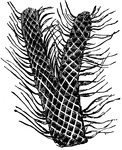
Portion of Lepidodendron
This illustration shows a portion of Lepidodendron. Lepidodendron is the generic name of a large and…

Mining Machine
The goal of coal mining is to economically remove coal from the ground. Coal is valued for its energy…
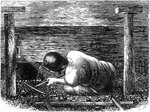
Method of Mining
Older methods of mining often included the necessity of the miner lying in a rigidly plane position.…
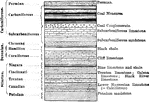
Paleozoic Rocks
A section of the Paleozoic rocks found in the Mississppi basin illustrating the periods and ages.
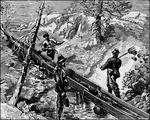
A Sluice Box - Miners Work in the Forest
"In mining, a trough made of boards, used for separating gold from the gravel and sand in which it occurs.…
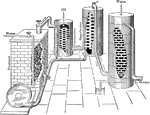
Water Gas Production
"The chief use of carbon monoxide is in water gas. This is produced by the reduction of steam by heated…
